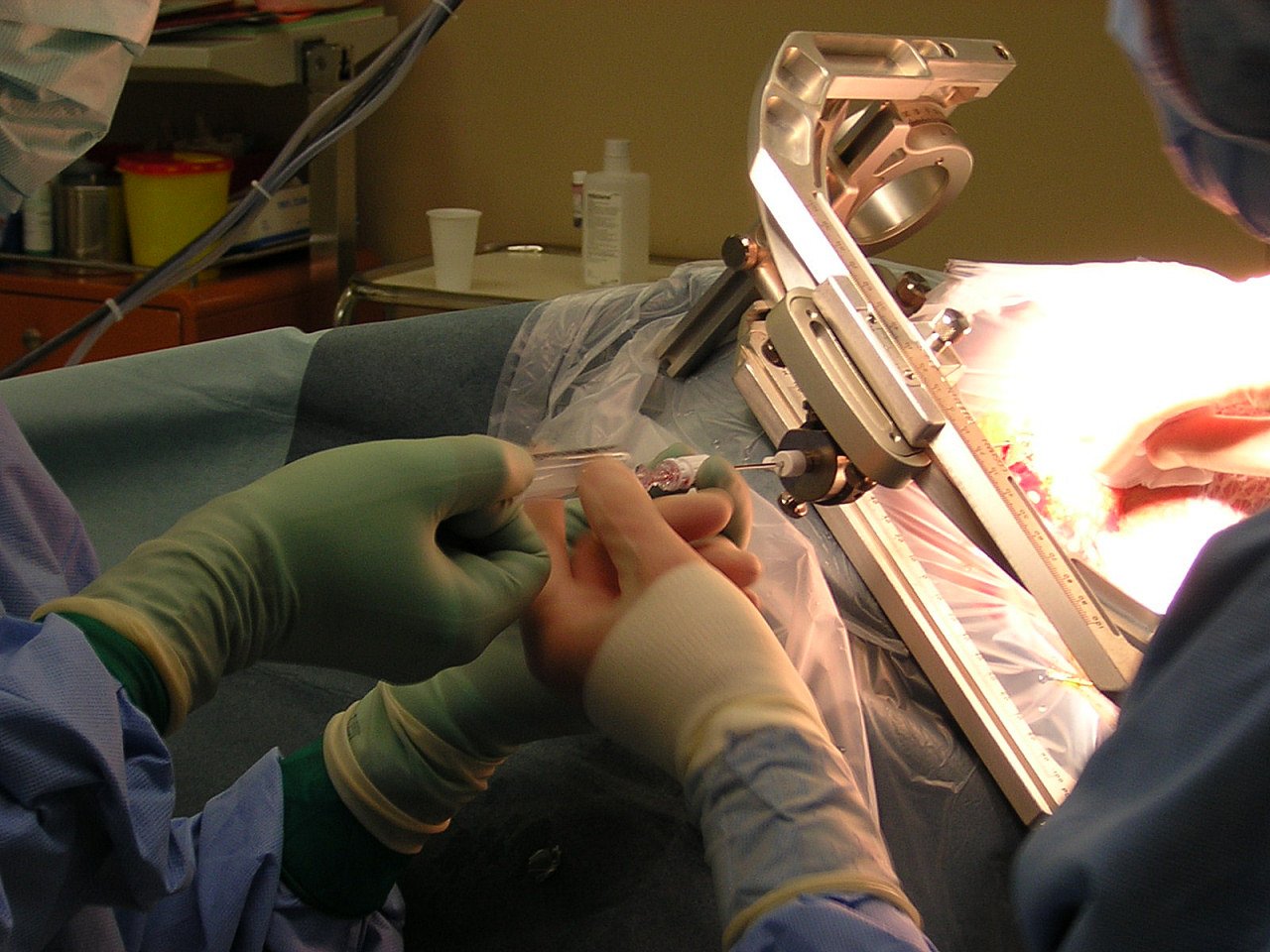Neurospine Hospital & Revive Critical Care
STEREOTACTIC SURGERY?

- three-dimensional imaging and localization techniques that determine the exact coordinates of the target within the body
- systems to immobilize and carefully position the patient and maintain the patient position during therapy
- highly focused gamma-ray or x-ray beams that converge on a tumor or abnormality
- image-guided radiation therapy (IGRT) which uses medical imaging to confirm the location of a tumor immediately before, and in some cases, during the delivery of radiation. IGRT improves the precision and accuracy of the treatment
- hard to reach
- located close to vital organs/anatomic regions
- subject to movement within the body
- many types of brain tumors including:
- benign and malignant
- primary and metastatic
- single and multiple
- residual tumor cells following surgery
- intracranial, orbital and base-of-skull tumors
- arteriovenous malformations (AVMs), a tangle of expanded blood vessels that disrupts normal blood flow in the brain and sometimes bleeds.
- other neurological conditions like trigeminal neuralgia (a nerve disorder in the face), tremors, etc.
- lung
- liver
- abdomen
- spine
- prostate
- head and neck
SRS fundamentally works in the same way as other forms of radiation treatment. It does not actually remove the tumor; rather, it damages the DNA of tumor cells. As a result, these cells lose their ability to reproduce. Following treatment, benign tumors usually shrink over a period of 18 months to two years. Malignant and metastatic tumors may shrink more rapidly, even within a couple of months. When treated with SRS, arteriovenous malformations (AVMs) may begin to thicken and close off slowly over a period of several years following treatment. Many tumors will remain stable and inactive without any change. Since the aim is to prevent tumor growth, this is considered a success. In some tumors, like acoustic neuromas, a temporary enlargement may be observed following SRS due to an inflammatory response within the tumor tissue that overtime either stabilizes, or a subsequent tumor regression is observed called pseudoprogression.

